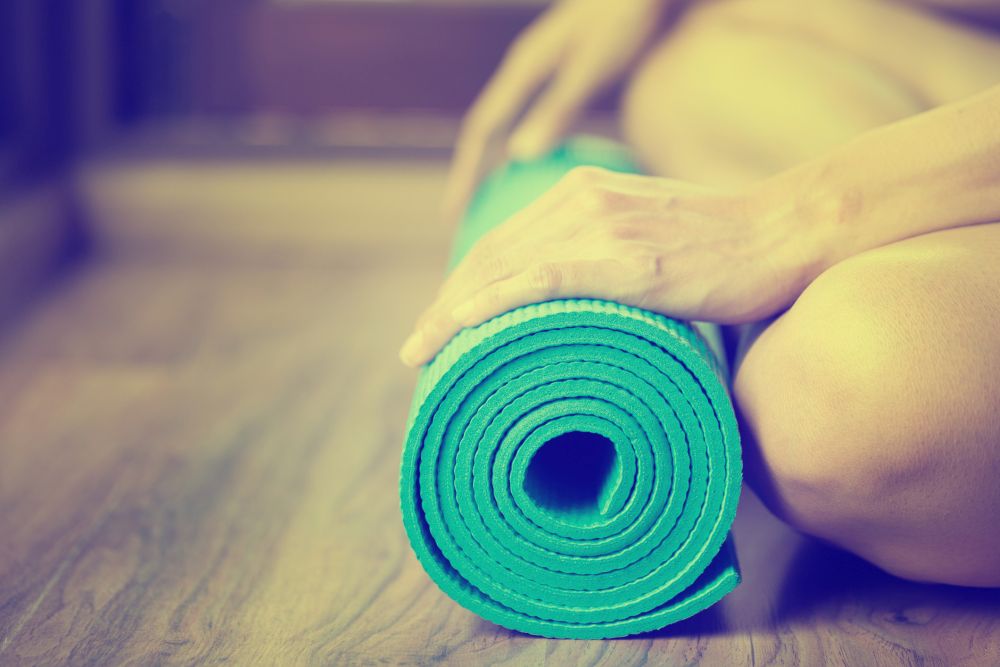7 ways to improve your running performance that don’t involve running
Getting faster isn't all about the time you spend on your feet

If you want to get better at anything, you have to do that thing consistently and often, and the same holds true for running. If you want to be a better runner, you have to run. Of course, there’s only so much running you can realistically do in a day, especially if you’ve got a full-time job, family commitments and social engagements. The good news is, there are several ways you can improve your running performance that don’t involve any extra running, and none of them require you to change your daily routines in a significant way.

RELATED: 4 keys to making running a habit
Recover (a.k.a. sleep)
Sleep is probably the easiest way to improve your running performance and is also likely the most effective on this list. The reason is that you don’t gain fitness during your runs and workouts, you gain fitness during the time between sessions when your body is recovering. Sleep is the ultimate form of recovery when your body is completely at rest, so if you’re getting less than seven to eight hours of sleep per night, you’re missing out on some serious recovery time (and thus, some major performance gains).
Eat well
Nutrition is crucially important to running well — hence why we have an entire section of our website dedicated to it. This doesn’t just mean eating vegetables. Good running nutrition means eating enough to support your training, making sure your meals are balanced so you’re getting all the nutrients you need, drinking enough water to keep you hydrated and energized and timing your meals and snacks so you’re fuelling your workouts properly. If you’re concerned your nutrition is holding you back, make an appointment with a dietitian who has knowledge about running who can help you make a few tweaks to maximize your performance.

Strength train
If you haven’t gotten on board with strength training yet, you really should. You don’t have to spend hours in the gym or start doing complicated moves with hundreds of pounds. All it takes is a few simple, effective exercises that are done with good form and consistency to become a stronger, more injury-resilient runner.
RELATED: WATCH: three simple exercises to help you run faster
Work on your breath
If you’re like many runners, you’re probably not breathing as deeply as you could be. Particularly when we start to increase the pace, we start breathing even more shallowly, which is exactly the time when taking full, deep breaths is even more important. As runner and physiotherapist, Brittany Moran, suggested in this interview, runners should focus on expanding their lungs fully when they breathe to get the most oxygen possible to their working muscles. Deep breathing can be practiced when you’re laying in your bed before you go to sleep or before you get up, and once you’ve got a handle on it that way, you can graduate to sitting, then standing and then try it out on an easy run.

Yoga
This goes hand-in-hand with breathwork but brings even more to the table. Yoga is a great way to practice mobility, balance, breathing, core strength and can help you decrease stress, which aids in recovery. Like strength training, you don’t need to spend hours in a yoga studio to reap the benefits, either — even 10-20 minutes a few times a week can go a long way.
Work on your form
Over the years many experts have tried to define exactly what proper running form looks like, but the truth is, running form will vary from person to person and there’s no “perfect” stride, foot strike, arm carriage, etc. That being said, there are certain aspects of running form that are worth working on to make you a more efficient runner. Trying to force yourself to change your form while you’re running likely won’t work (and could even lead to an injury), but doing some form drills a few times/week can go a long way in cementing good patterns that will translate to your runs over time.

RELATED: The 6 worst mistakes a runner can make
Slow down your easy days
OK, so technically this involves running, but we’re not asking you to run any more than you’re already running, just that you change the way you approach some of your runs — 80 per cent of them, in fact. It may sound counter-intuitive to slow down if you want to get faster, but keeping your easy days easy will allow you to work harder on the days you’re supposed to, like during intervals and tempo runs. This will ultimately have a greater positive impact on your running performance than if you speed up your easy days and will prevent you from getting burnt out or injured.


